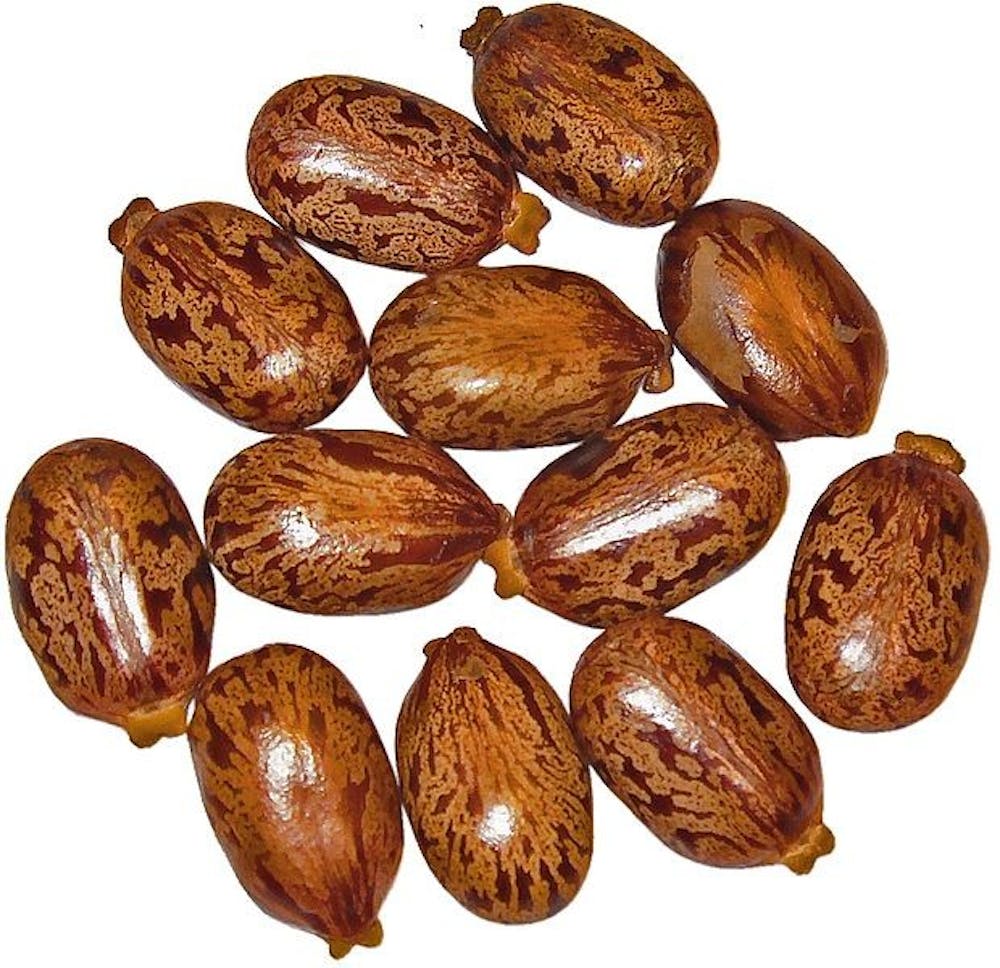By Alex Mellen | Echo
Sometimes our most frightening enemies are the ones we can't see. America was reminded of this last week when letters to President Obama and two government officials in Mississippi were found to contain the poison ricin.
The substance has a history of being used on political targets, and authorities are still unsure who planned this attack. Paul Kevin Curtis, who was arrested last week for the crime, has been released, according to MSN. Now authorities are also investigating Everett Dutschke. Both Mississippi men claim innocence.

Ricin comes from the byproducts of processed castor beans and inhibits protein construction in the cells, according to the Centers for Disease Control and Prevention (CDC). It can kill a person within 36 to 72 hours, depending on the dosage and its entry point in the body. Ricin is not contagious once ingested, according to the CDC.
CNN reportedDespite the scare of this month's assassination attempts, ricin could not be used easily in mass terrorism attacks, according to an article in the journal Environment International.
Terrorists would not be able to produce the tons of ricin poison needed to contaminate a water or air supply enough to kill people, according to the journal. "(Most terrorists) typically operate out of a kitchen in a small urban dwelling or in a small ill-equipped laboratory," the article said.
Bioterrorism, using biological products in acts of terrorism, is nothing new. In the sixth century B.C., Assyrians would poison wells with "a fungus that causes convulsions if ingested," according to a timeline on NPR. The spread of the Black Death in Europe may have been an unintended consequence of biowarfare, according to the timeline.
In 1969, President Nixon signed an executive order to cease all production of biological weapons, NPR said. Other countries and terrorist cells continued to use biological attacks.
Sixty-six people died in Sverdlovsk, Russia, after a weapons plant accidentally released anthrax spores, according to NPR. A cult in Tokyo released sarin, a nerve gas, into subway systems in 1995, which poisoned thousands.
Before the ricin-laced letters, the most notable bioterrorism scare occurred in fall 2001, when five people along the East Coast were killed. An additional 22 were infected by anthrax spread through the mail, according to CNN.
Bruce Ivins, a civilian Army biologist, was posthumously declared by a judge to be responsible for refining and mailing the anthrax-laced letters. Ivins was regarded as mentally unstable, making threatening statements against the U.S. and dating the letters Sept. 11, CNN reported. He committed suicide before he could be tried for the victims' deaths.
Some disagreed that Ivins could have processed the anthrax powder in secret, according to CNN, but a container found in Ivins' laboratory was genetically linked to the anthrax in the letters.
Unlike ricin, anthrax is a bacterial disease that was identified in 1850, according to MedicineNet. Spores of the bacteria can survive dormant in animal feces or carcasses for decades until they germinate in a host. French scientist Louis Pasteur invented the first successful vaccine for it.
By the time of the 2001 anthrax attacks, antibiotics could save most patients with early-stage anthrax, according to PubMed, a service of the National Institutes of Health. Later-stage cases were almost always fatal, however.
According to the CDC, about 95 percent of anthrax cases come through an abrasion in the skin. Intestinal anthrax results in death 25 to 60 percent of the time, and infection by inhalation is almost always deadly. Like ricin, anthrax is not contagious.
After the 2001 anthrax attacks, a mail screening system was established for government officials in Washington, D.C., according to Fox News. That system caught two of the ricin-laced letters, proving its worth and saving lives.




